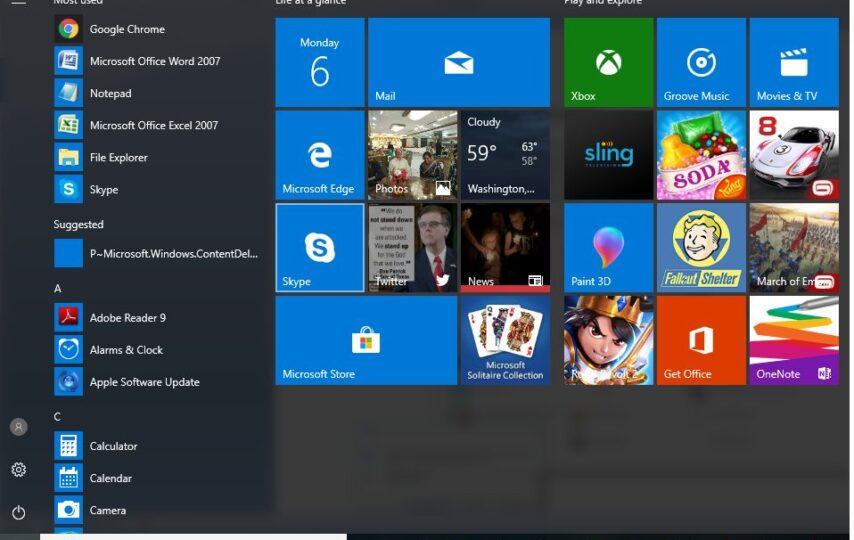Remote Desktop Protocol is an application-oriented remote access technology that allows users to work with remote computers through a desktop computer. The user utilizes a keyboard and mouse for input and a touch-pad or a stylus for more input and output. The server side of this technology works over the network of local computers. Basically, this technology enables two users to work on different computers together over the network. Remote Display Protocol is a type of client-server computing paradigm.
To use the Remote Display Protocol on a computer, one must install the Remote Display Protocol client software. This rDP client software has the capability to interact with the Windows server on any remote computer running Windows. One can also use this software to display text, draw, and make video presentations on any screen connected to the Windows server using RDP. If you want to share your desktop with multiple users, then SpeedRDP is the ideal protocol to use as it allows multiple users to connect to your desktop from any location. You can also create a remote connection to a Windows server running either winvd drivers or wininet drivers.
The RDP protocol uses a separate transport layer over the underlying platform. It enables rDP to establish a synchronized display connection between two or more remote terminals. The transport layer in this connection enables information to be exchanged between the computer and the remote desktop. For example, if you are using the Windows Remote Desktop Software then the desktop you are using will automatically appear on the computer on which you are connecting.
There are some important considerations when it comes to using RDP clients and servers. The most important thing to remember is that both the server and the rDP client software on a single computer need to have the Windows Server operating system installed. Without the Windows Server present on the computers, both the server and the RDP client software will not be able to communicate with each other. With that being said, both software types have been designed to operate successfully with each other. However, they differ in many ways, such as how the server browser is presented to the users and what features they offer.
In order for a certain computer or a set of computers to become RDP compatible, they must be able to connect to an RDP server. Today, there are many companies that create both client and server software for use by businesses. These companies have created the Remote Desktop Software in order to allow system administrators to install their own set of customized remote desktop solutions onto the company’s network of computers.
In general, both the standard and the extended versions of Windows RDP are similar in functions. Both use a same Remote Desktop Protocol server in order for a user to connect to and access the desktop of another user. In terms of their capabilities, both the standard and the extended version of Windows RDP have the ability to connect to and establish a virtual machine and configure it as needed on a remote computer.








